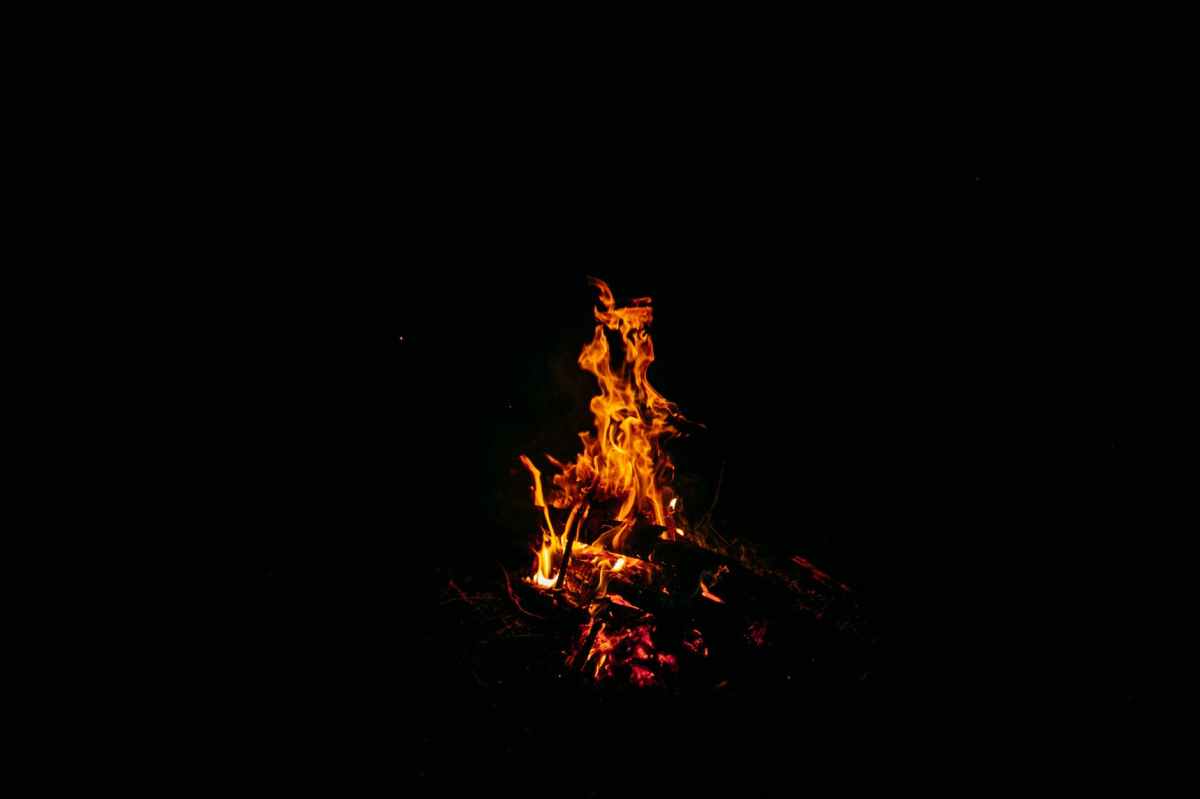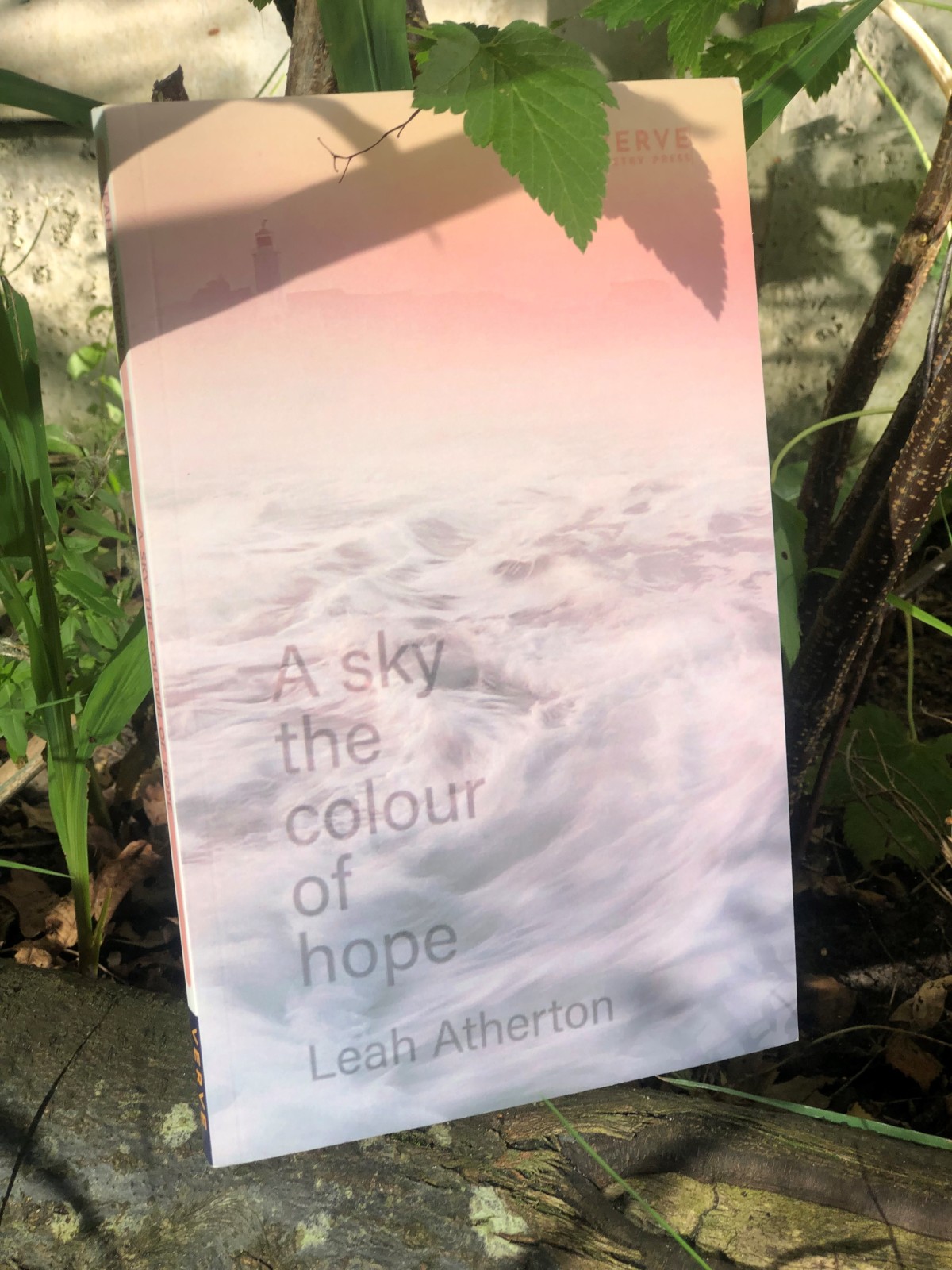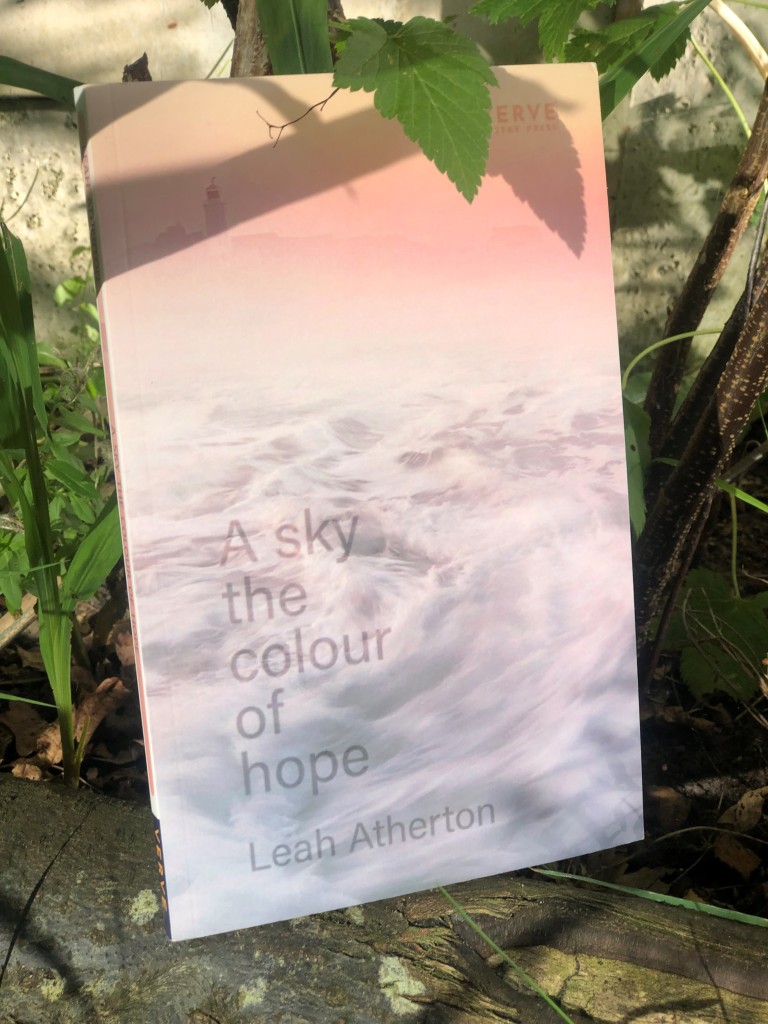When I started writing my second collection, I thought I was writing a pamphlet of poems about Shropshire folklore, and the way that water weaves through so much of it. That assumption made sense at the time, as the idea stemmed from my poem ‘Trickle Down’, but as I kept writing, different pieces of history and myth started to work their way into the manuscript. I realised I was working on something bigger than a pamphlet, and Shropshire was only part of the puzzle. The pamphlet that I’d been calling ‘Water, Witches, and Women’ started to become ‘Stone Tongued’.
The collection isn’t finished, but since it’s International Women’s History Month, I wanted to to talk about some of the Shropshire women (and women linked with Shropshire) that have inspired poems. The collection pulls from history and myth, so in places the line between those two gets a little blurred. There are stories I couldn’t have included if I was writing a traditional history, because I cannot reference the source material. Writing poems about these poem allows me to focus on finding their voices, rather than double checking my footnotes.
In this post I’m going to be going voice to five women (ten if you count carefully). Kathryn Garner who was tried for witchcraft, Placida who was a Roman woman living in Britain, Mary Jones who was a resident in the Oswestry House of Industry, Hafren an ancient British princess, and Ginny Greenteeth the water hag. I will hand you over to them:
Continue reading →






You must be logged in to post a comment.